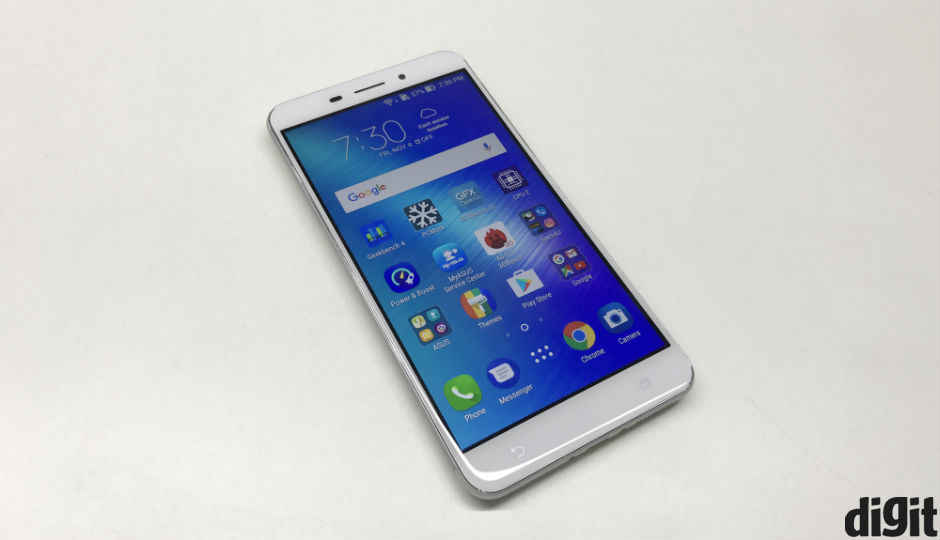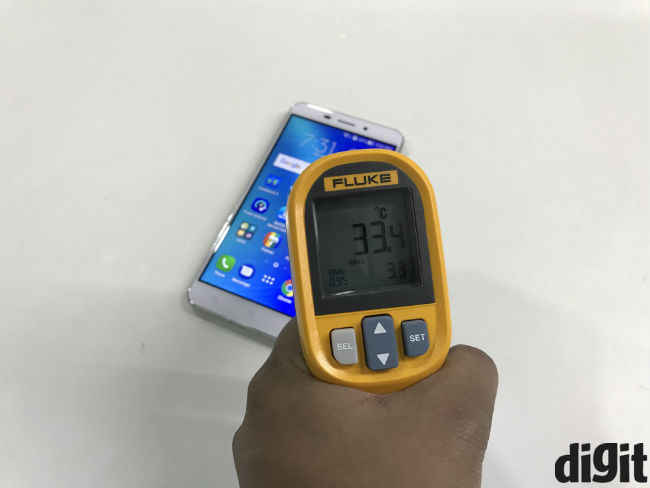Asus Zenfone 3 Laser: Performance test

The Asus Zenfone 3 Laser has a lot to live up to, especially with the increased price that Asus chose this time.
You must be wondering what’s wrong with us right now. Why are we stress testing a phone that is so obviously about its camera? Well, at Rs. 18,999, there’s much more at stake. The Zenfone 3 Laser costs almost double of its predecessor, which means it needs to be a complete smartphone.
The Asus Zenfone 3 Laser runs on a Snapdragon 430 SoC, along with 4GB of RAM and a 5.5 inch FHD display. On paper, this seems very similar to the Xiaomi Redmi 3S Prime, although that device costs much less than this, and has 3GB of RAM. But spec sheets don’t necessarily determine performance, so here’s what we found.
General Performance
One of the first things we noticed about the Asus Zenfone 3 Laser is that it feels slow. The fingerprint sensor is slower than others, and apps take a second or so longer to load. The same happens while browsing. Websites take quite a while to load, compared to what we’re used to in this segment, and Chrome itself stutters a bit.
If you’re using a last generation phone like the Moto X Play or Lenovo Zuk Z1, the Zenfone 3 Laser can feel really slow to you. In fact, the LeEco Le 2, Xiaomi Redmi Note 3 and Moto G4 Plus are all faster than this device.
You will also see very noticeable lags on heavy games. In fact, the lags can even render these games unplayable, and the experience is quite poor.
Heat and Stress tests
Now, it’s slow performance also means that the Zenfone 3 Laser doesn’t generate much heat. Over 15 minutes of gaming, using Injustice: Gods Among Us and Asphalt 8 in succession, the phone reached a maximum temperature of 38 degrees. This, though, was on the Zenfone 3 Laser’s “Normal” mode, where it reduces performance in order to optimise battery.
We put the phone on Performance mode from the Power Management settings to see what it’s truly capable of. Turns out, the difference really isn’t much. The lags and stutters continued in gaming, and the temperature went up to 39.5 degree celsius this time.
Blue: CPU Clock, Red: Heat levels
Now, while the Zenfone 3 Laser indeed doesn’t heat up, it comes at the expense of performance. This, we aren’t very happy with. We couldn’t do our 4K video test, since the Laser doesn’t support video recording in 4K. However, recording on FHD didn’t generate much heat either. This, though, is under 24 degrees celsius outside, which means the phone may rise to higher values during the peak summers.
We wouldn’t be worried, though. The Zenfone 3 Laser’s heat levels are consistent with its performance, and not what we would call abnormal. What’s disappointing is that the phone is not really a performer, and with devices like the Lenovo Z2 Plus selling at the same price, or lower, it’s an ominous sign for Asus.
Initial Thoughts
We aren’t impressed with the performance of the Asus Zenfone 3 Laser. The gaps in performance leave a big margin for the camera to cover, and from our initial impressions of the device, this one is headed towards the not-recommended list.






